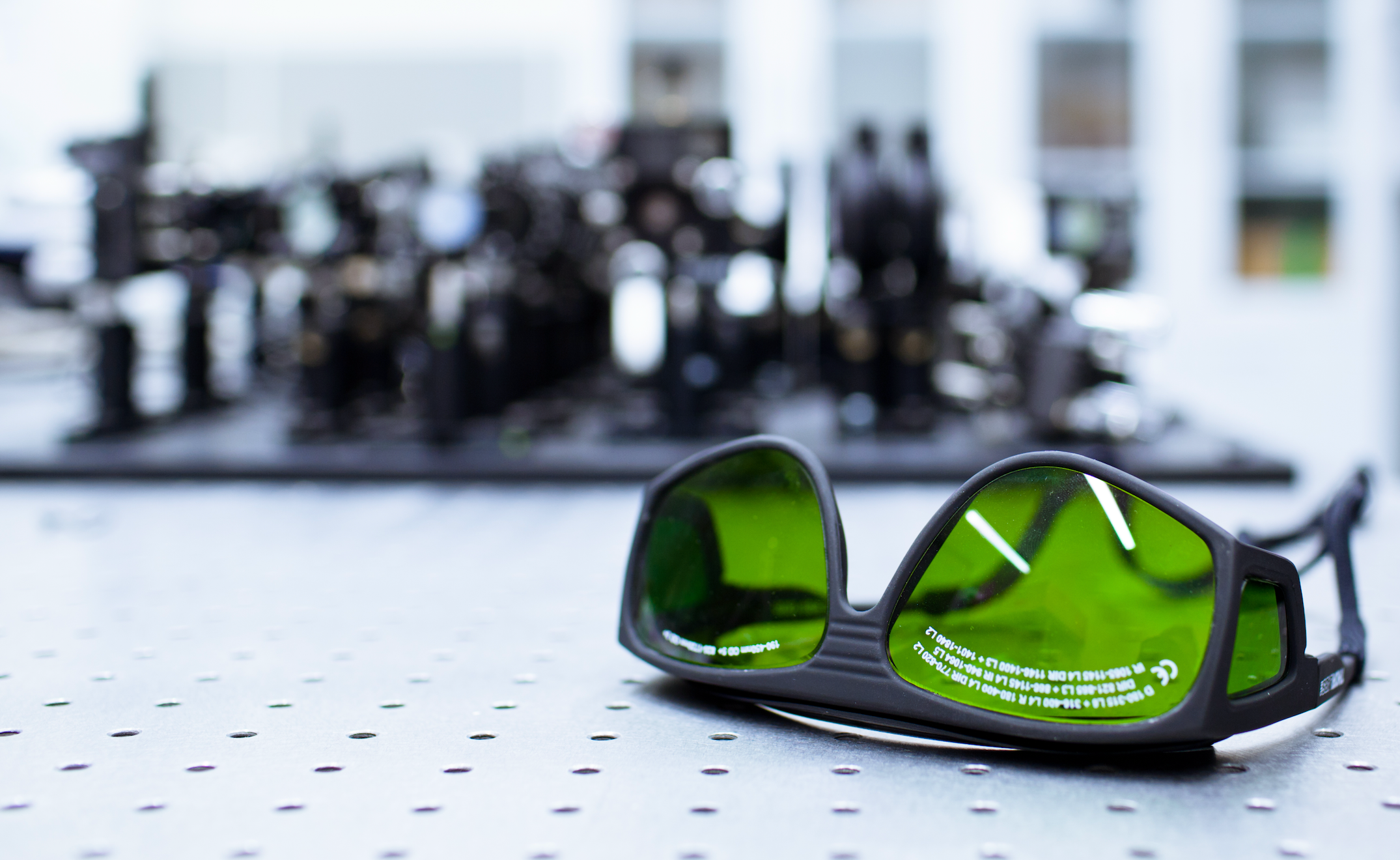
The 4 Most Common Myths About Laser Safety
Laser safety is of paramount importance when working with lasers, but unfortunately, there are several myths that can compromise the well-being of workers. In this article, we aim to debunk some of the most common myths about laser safety. By providing accurate information, we can dispel misconceptions and promote a safer working environment.
- Myth: "Lasers are harmless if not directly pointed at someone."
Fact: Laser beams can pose hazards even when not directly pointed at someone. The reflected or scattered laser light can still cause eye injuries or skin burns. It is crucial to adhere to proper laser safety practices at all times, including the use of appropriate protective eyewear and ensuring proper containment and control of laser beams.
- Myth: "Low-powered lasers are safe and do not require precautions."
Fact: Even low-powered lasers can cause harm if not handled with care. Laser safety precautions, such as using protective eyewear and following proper handling and operating procedures, should be followed regardless of the laser power level. Neglecting safety measures can result in accidents and injuries.
- Myth: "All laser safety glasses are the same."
Fact: Laser safety glasses are specifically designed to block certain wavelengths of laser light. Different lasers emit light at various wavelengths, and using the wrong type of laser safety glasses can leave the user unprotected. It is essential to choose laser safety glasses that are suitable for the specific laser being used.
- Myth: "Laser safety is only important for those directly working with lasers."
Fact: Laser safety is crucial for anyone in the vicinity of laser operations. Laser beams can travel a considerable distance and pose risks to individuals nearby. It is essential for all personnel in the area to be aware of laser safety protocols and follow appropriate precautions.
Dispelling common myths about laser safety is essential to ensure the well-being of workers. By understanding that lasers can still cause harm even when not directly pointed at someone, recognising the importance of precautions for all laser power levels, using the appropriate laser safety glasses, and involving all personnel in laser safety practices, we can foster a safer working environment. Educating ourselves and others with accurate information is key to preventing accidents and injuries. Let's prioritise laser safety and debunk these myths to protect workers and promote a culture of safety in laser-related environments.
As always, if you have any questions, we are here to help, please reach out to us.
laser training, ipl, lllt, laser safety course, laser safety training, laser online, laser safety officer certificate, laser hair removal course, laser certificate, laser tattoo removal course, queensland, tasmania, western australia, nsw, Victoria, south Australia, act, Canberra, accredited, Aphra, cpd, nurses, laser ipl, doctor, beauty therapist, dermal therapist, laser therapist, laser course, sydney, brisbane, melbourne, laser safety course, low level laser, laser technician, podiatrist, dentist, physiotherapist, laser course near me, laser courses Brisbane, laser courses Melbourne, laser course sydney
Post Disclaimer
This blog post has been vigilantly researched and fact checked to ensure that it is accurate, reliable and up to date. You must keep in mind that errors and omissions may occur and that we welcome any feedback or corrections in this regard. We encourage you to do your own research to verify the accuracy and contemporary nature of the information presented.
